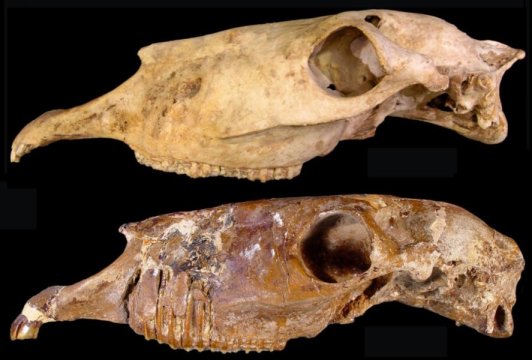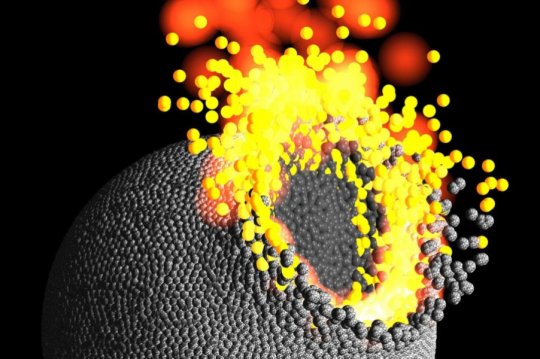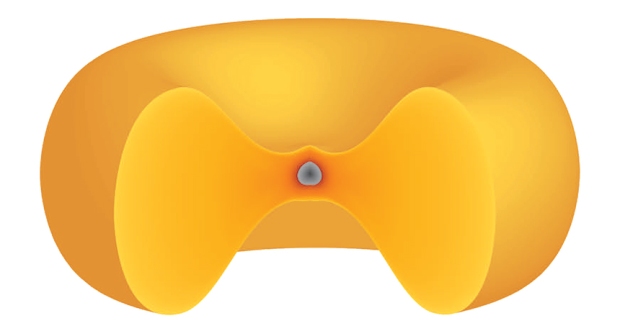
Analysis of ancient DNA reveals a previously unrecognized genus of extinct horses that once roamed North America
Date: November 28, 2017
Source: University of California – Santa Cruz
Summary: Scientists have discovered a previously unrecognized genus of extinct horses that roamed North America during the last ice age.
The new findings are based on an analysis of ancient DNA from fossils of the enigmatic ‘New World stilt-legged horse’ excavated from sites such as Natural Trap Cave in Wyoming, Gypsum Cave in Nevada, and the Klondike goldfields of Canada’s Yukon Territory.
Read Article: https://www.sciencedaily.com/releases/2017/11/171128090948.htm



You must be logged in to post a comment.